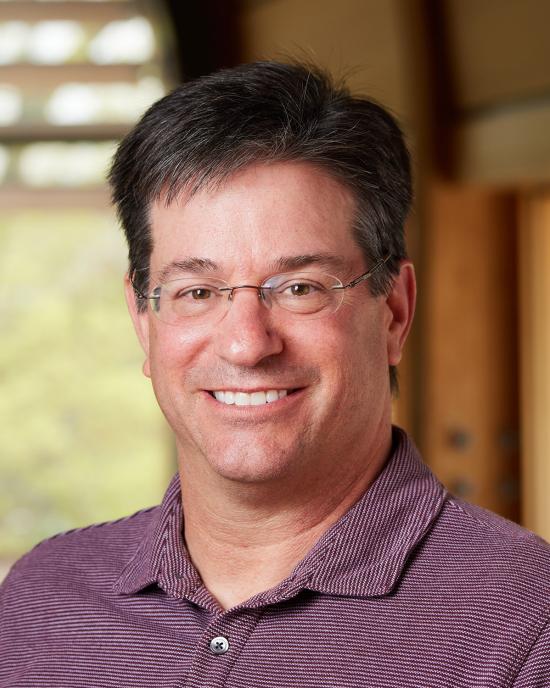Publication
Quantifying the impacts of land use change on flooding in data-poor watersheds in El Salvador with community-based model calibration
On This Page
Urbanization can decrease the flood mitigation capacity of a catchment, and these impacts can be measured with hydrologic modeling. Models are typically calibrated against observed discharge and satellite data, but in a developing country context like El Salvador, these data are often unavailable. Even if a model is well calibrated and tested, its ability to influence land use plans requires additional stakeholder engagement. This study uses a participatory modeling approach to calibrate a watershed model and estimate flood impacts of land use scenarios in two urbanizing catchments in El Salvador with a linked land use-catchment hydrology-hydraulic model calibrated on flood height observed by community members. This paper explores both the value of household flood observation in model calibration and differences of flood extent estimates for land use scenarios with an uncalibrated versus community-calibrated model. We find that calibration using household surveys improves model performance. Results of scenario modeling suggest that while past urbanization has significantly increased household flood exposure in one catchment, future land use scenarios that further urbanize or reforest large areas of either catchment have little effect on the number of houses at risk for flooding. The success of the participatory methodology to increase model accuracy and link results to local land use planning makes clear the contribution of social science to traditional hydrological methods to understand land use-flood links in data-poor catchments.
